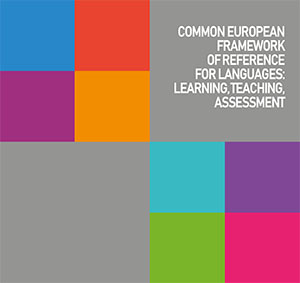The action-oriented approach
The action-oriented approach is rooted in a constructivist paradigm and takes task-based learning to a level where the class and the outside world are integrated in genuine communicative practices. In addition, the approach emphasizes learner agency.
The action-oriented approach promotes the organization of learning through realistic, unifying scenarios, which span several lessons and lead up to a final collaborative task/project.
Action-oriented scenarios are usually developed through steps which involve communicative activities of reception, production, interaction, and the mediation of concepts and/or communication, inspired by CEFR descriptors. The final phase of the scenario is the collaborative production of an artefact or performance. Learners decide how to accomplish the task/project; teachers provide language input, resources, and support to class, group or individuals as required.
There is a focus on autonomy and authenticity of materials, topics and practices. Learners may use sources in various languages and work in a plurilingual way. Self-assessment of results with selected descriptors is quite common.
Videos
The action-oriented approach (2022: Council of Europe)
The action-oriented approach (2018: LINCDIRE project)
Workshops
Developing an action-oriented pathway in the classroom (2021: Danielle Hunter)
Developing meaningful tasks for teaching, learning and assessment with the action-oriented approach (2021: Johann Fischer)
The action-oriented approach: from theory to practice (2022: Enrica Piccardo)
Documents
CEFR Companion volume - Section 2.2
Info sheet: The action-oriented approach
From communicative to action-oriented: A research pathway (2014: Enrica Piccardo)
Articles
The CEFR Companion volume and the action-oriented approach* (2023: Brian North)
Action-oriented approaches: being at the heart of the action (2021: Aline Germain-Rutherford)
From communicative to action-oriented: New perspectives for a new millennium (2010: Enrica Piccardo)



